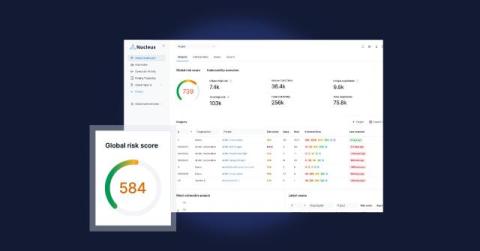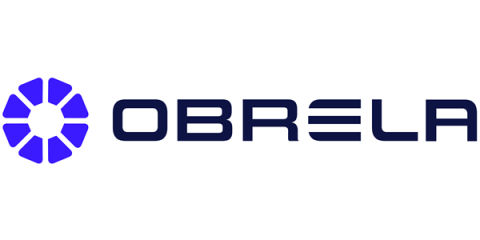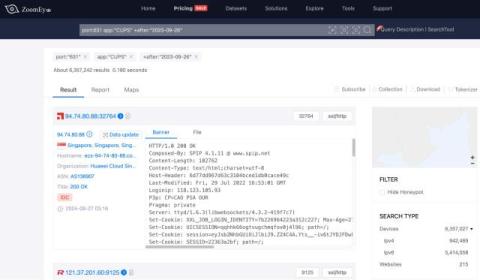Rackspace Breach Linked to Zero-Day Vulnerability in ScienceLogic SL1's Third-Party Utility
On September 24, 2024, Rackspace, a managed cloud computing company providing cloud hosting, dedicated servers, and multi-cloud solutions, reported an issue with their Rackspace Monitoring product in the ScienceLogic EM7 (ScienceLogic SL1) Portal. Rackspace utilizes the ScienceLogic application as a third-party tool for monitoring certain internal services.











